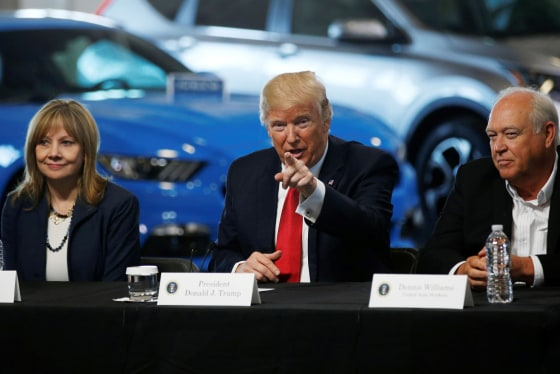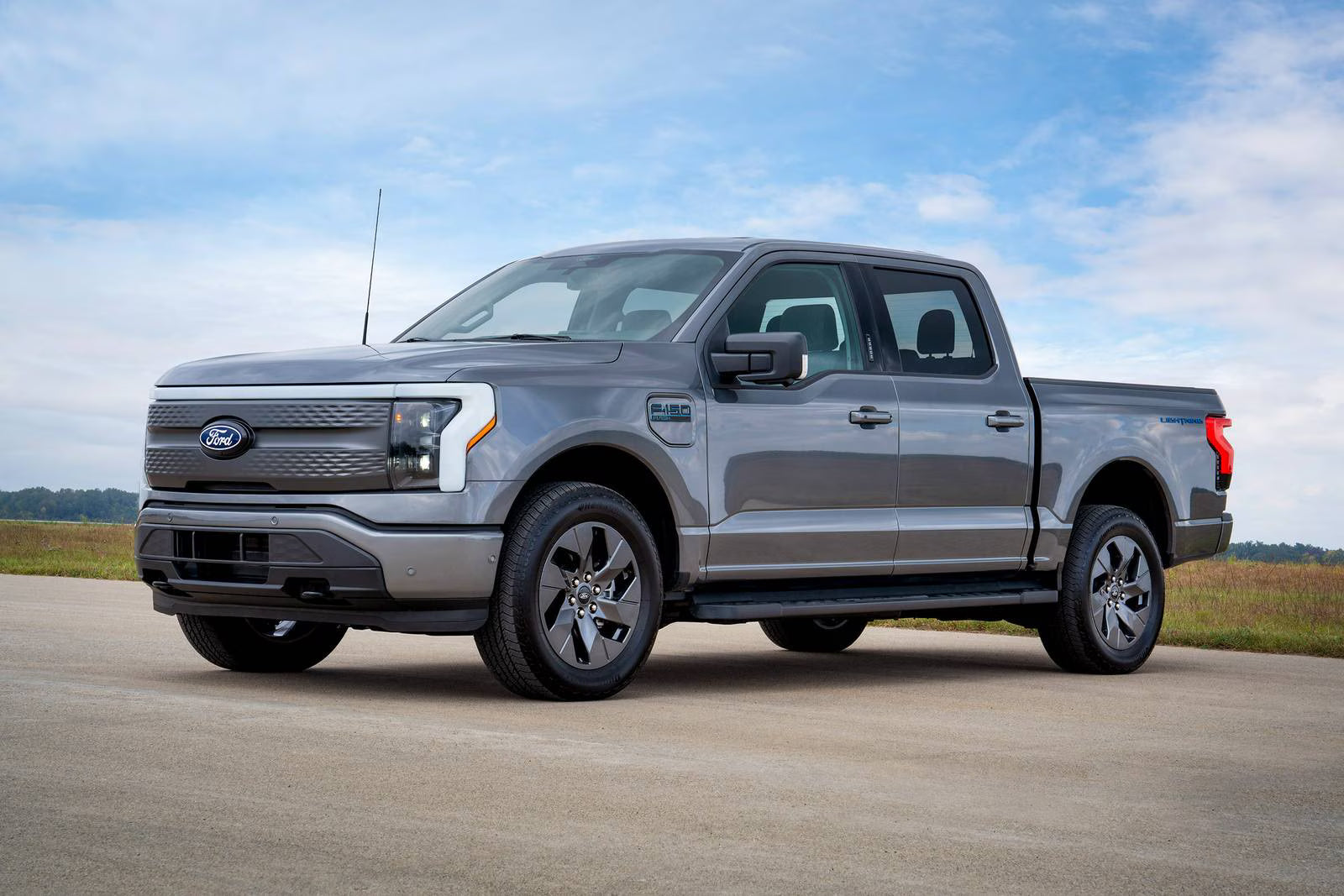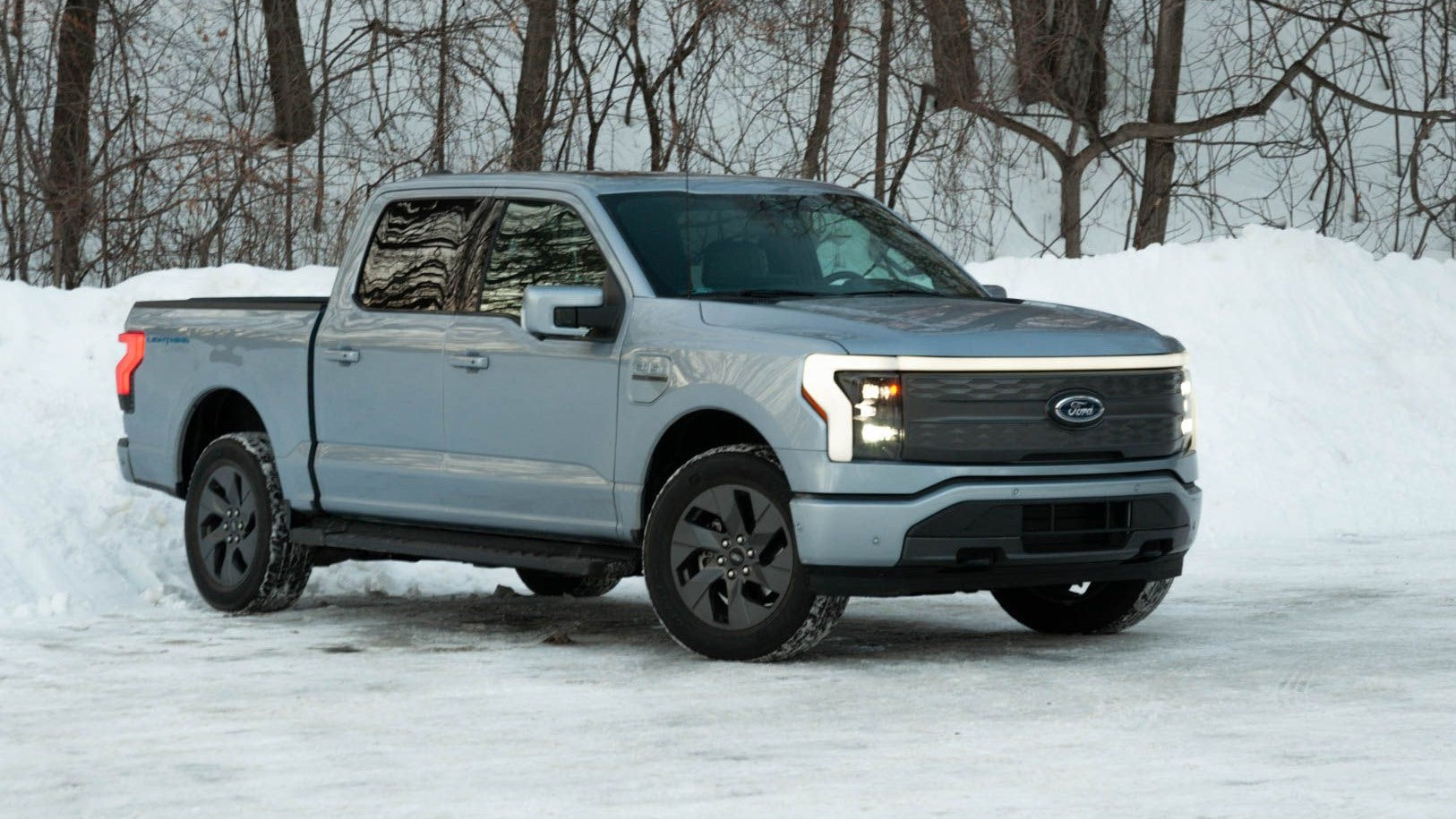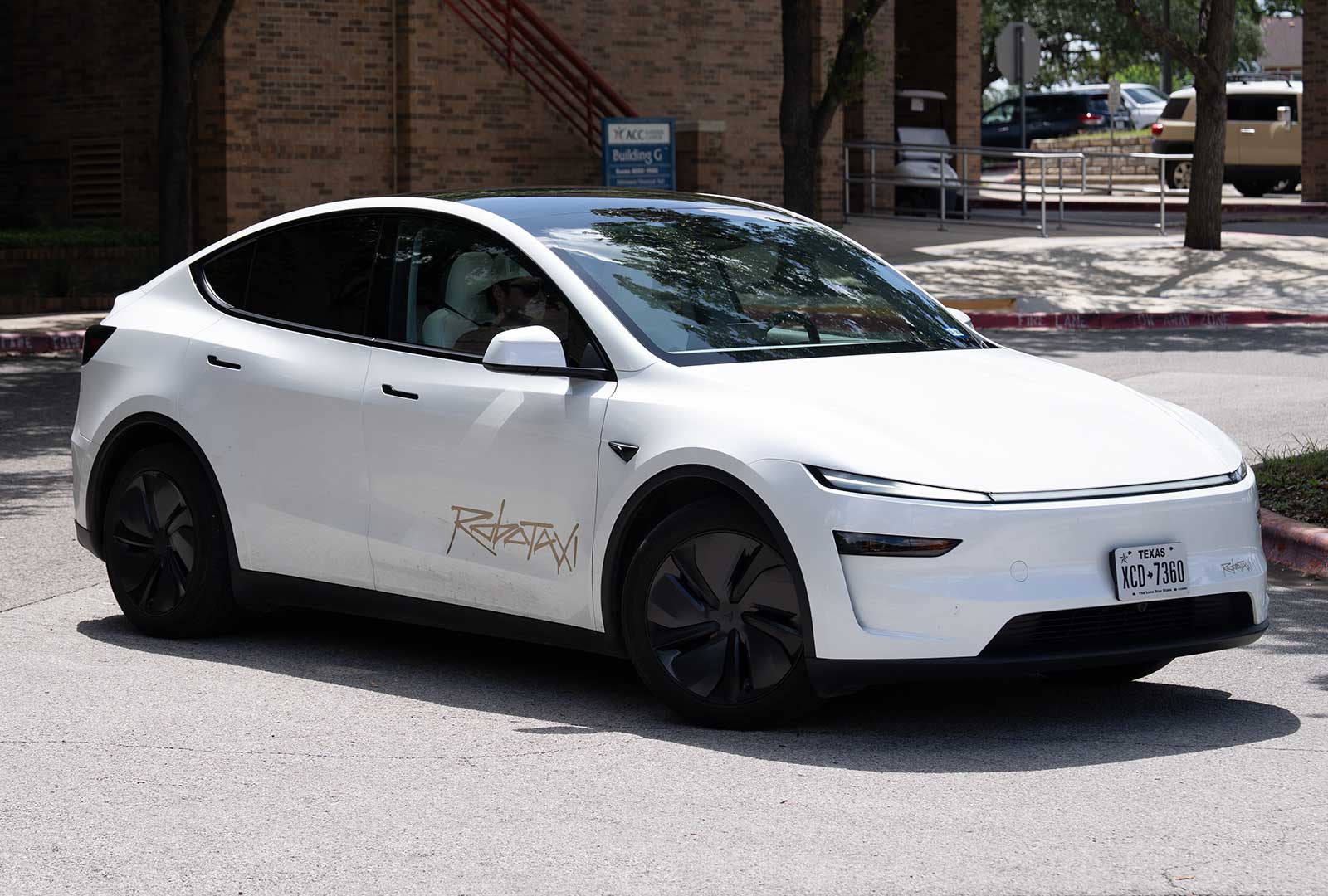As President Donald Trump returns to office in 2025, his administration has wasted no time reversing many of the electric vehicle (EV) incentives and clean energy policies put in place during the Biden era. With sweeping rollbacks targeting EV tax credits, EPA emissions rules, and infrastructure funding, these shifts signal a stark departure from the previous administration’s green agenda.
But beyond the domestic implications, Trump’s anti-EV stance could significantly undermine the United States’ competitiveness in the global clean tech race—particularly against Europe and China, which are doubling down on electric mobility and renewable energy leadership.
Trump’s First Six Months: A Clear Anti-EV Agenda
In his first six months back in office, Trump has already moved to dismantle or weaken several key pro-EV measures, including:
- Eliminating or severely limiting the $7,500 federal EV tax credit.
- Rolling back EPA emissions standards, allowing automakers to continue producing more gas-powered vehicles.
- Redirecting federal EV infrastructure funds, slowing the expansion of charging networks in rural and suburban areas.
- Proposing import tariffs on Chinese EVs and components, while discouraging domestic investment in battery manufacturing with unstable incentives.
These steps may appeal to segments of the fossil fuel industry and traditional automakers, but they also send a chilling message to investors and consumers alike—that the U.S. may be stepping back from its clean tech commitments.
Meanwhile, Europe and China Push Ahead
While the U.S. policy gears shift into reverse, Europe and China are accelerating their clean energy transitions:
- The EU’s 2035 ban on new internal combustion engine vehicles remains on track, supported by strong EV subsidies and infrastructure expansion.
- China accounted for over 60% of global EV sales in 2024, and its domestic brands like BYD and NIO continue to gain market share abroad.
- Europe and China are heavily investing in grid modernization, battery production, and high-efficiency charging, positioning their economies to lead in the next phase of mobility.
By contrast, U.S. manufacturers face uncertainty about regulatory targets and consumer demand—key factors that influence long-term R&D and plant investments.
Impact on U.S. EV Industry and Consumers
Trump’s policy shift doesn’t just affect geopolitics. It has immediate downstream effects on manufacturers, charging providers, and consumers.
- Innovation Slowdown: With reduced government incentives, smaller companies in the EV charging space—especially in the portable charger and Level 2 charger markets—may find it harder to compete or scale.
- Infrastructure Gaps: Slowing investments in EV infrastructure, particularly for common home standards like NEMA 14-50 outlets, limits adoption in key suburban and rural markets.
- Price Instability: Without tax credits, many EV models become significantly more expensive, potentially shrinking the customer base for both vehicles and accessories.
-
Investment Uncertainty: Public and private capital may divert away from U.S.-based clean tech firms and toward more stable policy environments abroad.
Can the Private Sector Fill the Gap?
While federal support wanes, some states and private sector players are attempting to fill the void. States like California and New York continue to offer EV rebates and are investing in grid upgrades. Meanwhile, companies like EVDANCE are working to make affordable home charging solutions—such as plug-and-play Level 2 chargers and charging adapters—accessible to a wider market.
But even with innovation and resilience, policy clarity at the federal level remains essential for long-term growth and competitiveness.
Conclusion: The U.S. Risks Falling Behind
If current trends continue, the U.S. may lose its foothold in the rapidly expanding global clean tech market. China and the EU are not slowing down—they're racing ahead. And unless the U.S. reestablishes a clear and consistent commitment to EV development and sustainability, it risks being left behind as a consumer, not a leader, in the next industrial revolution.
In a world where energy independence, supply chain resilience, and environmental sustainability are increasingly intertwined, backtracking on EV policy is not just short-sighted—it’s strategically dangerous.
Recommended Reading: Understanding the New EV Loan Interest Deduction








Share:
Understanding the NEMA 14-30 Plug for EV Charging: A Complete Guide
Kia EV4 Endurance Tested: 6,200 Miles at Nürburgring, 95 % Battery Health, 70 % Guarantee